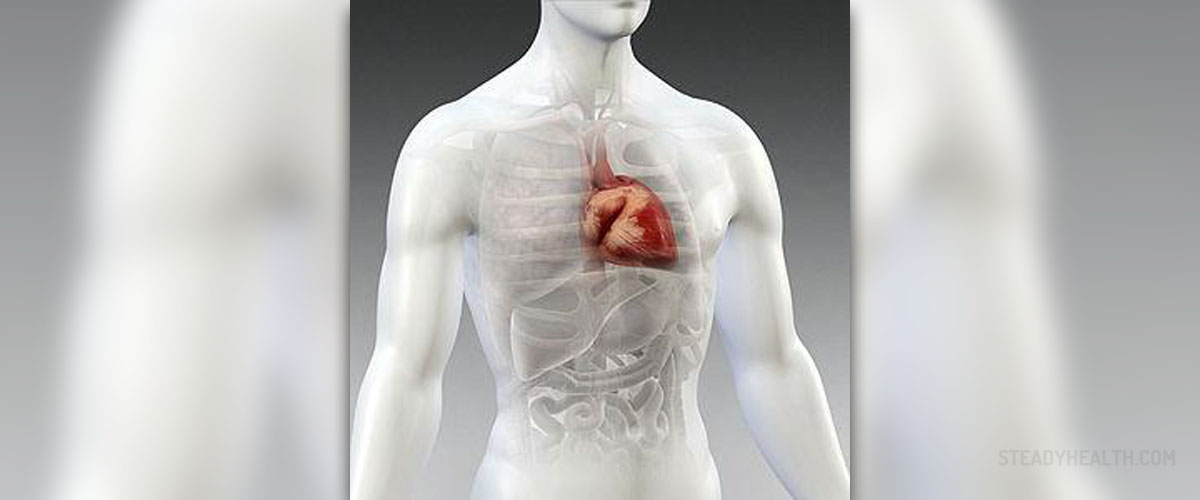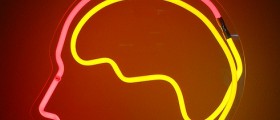Acute cerebrovascular disease is a term referring to two medical conditions, transient ischemic attack (TIA) and stroke. Unlike the first one when symptoms and signs caused by lack of blood supply to certain parts of the brain soon withdraw, the second medical condition, stroke, is much more complex, causing many permanent neurological sequelae. Stroke may also cause death while this is not an option in case of transient ischemic attack.
How to Recognize these Diseases
A well-experienced doctor can instantly recognize both conditions. The difference between transient ischemic attract and stoke is that symptoms and signs of a stroke last longer than 24 hours after they appear. In a transient ischemic attack, all symptoms and signs withdraw spontaneously within 24 hours.
Stroke is a condition that can be further classified into ischemic and hemorrhagic. In ischemic stroke, there is embolism or thrombosis responsible for obstruction of blood flow through brain arteries and subsequent insufficient oxygen supply. Hemorrhagic stroke develops after an artery (which is previously changed by atherosclerosis or there is an aneurysm) bursts and the blood soaks the surrounding brain tissue.
Acute Cerebrovascular Disease Causes
Cerebrovascular disease develops due to a couple of predisposing factors. Namely, the first one is atherosclerosis. During the process of atherosclerosis, the affected arteries get narrowed. Apart from significant narrowing, the affected blood vessels lose their elasticity, being unable to expand when necessary. Furthermore, they can easily rupture when blood pressure suddenly increases.
Another cause of the cerebrovascular disease is thrombus formation. A thrombus (a blood clot) may form somewhere else in the body and then be distributed to the brain. After clogging the artery, symptoms, and signs of the condition immediately develop.
Acute Cerebrovascular Disease Clinical Characteristics
Both conditions are characterized by focal neurologic symptoms such as weakness and sensory changes. One also develops specific symptoms according to the affected area of the brain. Headache (especially occipital), nausea, vomiting, and dizziness are also frequently reported complaints of such patients. In case one develops posterior circulation stroke, depending on the locations of the lesion one ends up with the unilateral or bilateral motor loss.
Acute Cerebrovascular Disease Treatment
Patients suffering from the cerebrovascular disease are hospitalized and remain in stroke care units. The condition requires prompt administration of Aspirin (within 48 hours) and thrombolytic therapy (within 3 hours).
The goal is to maintain adequate perfusion of the affected parts of the brain and decrease brain edema. Surgery is also a treatment option. It, unfortunately, cannot be performed on all patients. Physical therapy is necessary for patients who have developed neurological deficits. Even with proper physical therapy, some neurological deficits persist until the end of the patient's life.
Acute Cerebrovascular Disease and Covid-19
- Of 219 patients with COVID-19, 10 (4.6%) developed acute ischaemic stroke and 1 (0.5%) had intracerebral haemorrhage. COVID-19 with new onset of CVD were significantly older (75.7±10.8 years vs 52.1±15.3 years, p
- In addition, they were more likely to have increased inflammatory response and hypercoagulable state as reflected in C reactive protein (51.1 (1.3–127.9) vs 12.1 (0.1–212.0)?mg/L, p
- Of 10 patients with ischemic stroke; 6 received antiplatelet treatment with aspirin or clopidogrel; and 3 of them died.
- The average time from SARS-CoV-2 infection to onset of CVD was about 12 days. Neurological injury has been confirmed in the infection of other coronaviruses such as in SARS-CoV and Middle East respiratory syndrome corona virus (MER-CoV). A study reported that 28 days after onset of SARS-CoV infection, patients experienced central nervous symptoms.
- The other four patients received anticoagulant treatment with enoxaparin and 2 of them died. As of 24 March 2020, six patients with CVD died (54.5%).





-Disease-Cause-A-Stroke_f_280x120.jpg)












Your thoughts on this
Loading...